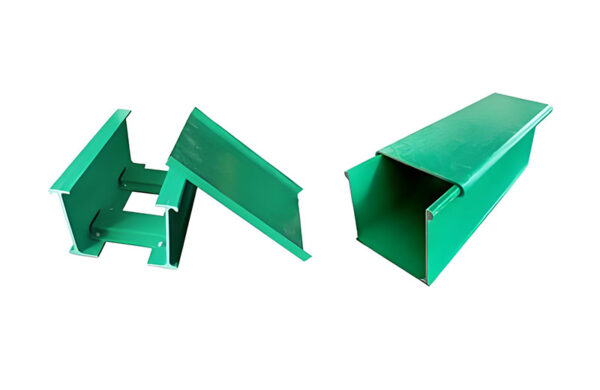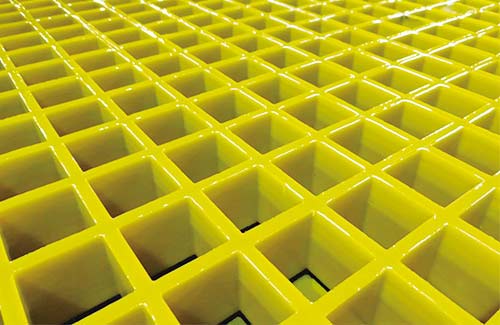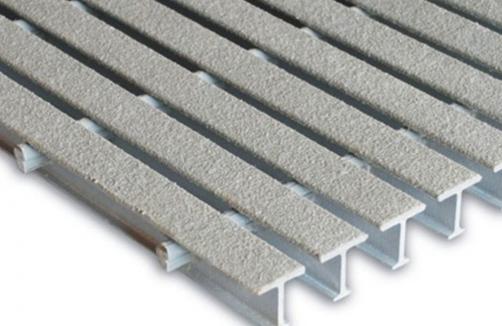Complete Guide to FRP Grating for Water Treatment Plants: Corrosion Resistance
Water treatment plants face relentless exposure to corrosive elements, making material selection critical for longevity and safety. Why is corrosion resistance such a crucial factor in wastewater facilities? The constant presence of chemicals, moisture, and varying pH levels rapidly deteriorates traditional materials like steel or concrete, leading to costly repairs and safety hazards. FRP grating has emerged as the superior solution, offering exceptional corrosion resistance that extends service life while reducing maintenance costs.

What makes FRP grating particularly effective in harsh water treatment environments? Unlike metal alternatives, fiber reinforced plastic composites do not rust or corrode when exposed to chemicals, chlorine, saltwater, or acidic wastewater. This inherent corrosion resistance stems from the polymer matrix that shields the reinforcing fibers from environmental degradation, ensuring structural integrity remains uncompromised even after years of exposure.
How does FRP grating compare to traditional materials in terms of performance and cost? While initial installation costs may be higher than some options, the long-term benefits are substantial. FRP grating eliminates the need for frequent replacements and protective coatings required by metal grating. Its lightweight nature also reduces installation time and labor costs, making it a cost-effective solution over the entire lifecycle of the facility.
What specific applications benefit most from FRP grating in water treatment plants? This versatile material excels in walkways, platforms, trench covers, and access areas where chemical exposure and moisture are constant concerns. Its non-conductive properties make it ideal for electrical areas, while its slip-resistant surface enhances safety in wet environments commonly found in treatment facilities.
When selecting FRP grating for water treatment applications, what factors should be considered? Key considerations include the specific chemical exposure, load requirements, and environmental conditions. Working with experienced manufacturers who can provide customized solutions based on these factors ensures optimal performance and longevity.
Proper installation and maintenance are essential to maximize the benefits of FRP grating. While requiring minimal maintenance compared to traditional materials, regular inspections should be conducted to check for any signs of damage or degradation. The modular nature of FRP grating also allows for easy replacement of damaged sections without disrupting entire structures.
In conclusion, FRP grating represents a significant advancement in material solutions for water treatment plants. Its exceptional corrosion resistance, combined with durability, safety features, and cost-effectiveness, makes it the ideal choice for facilities looking to enhance operational efficiency while reducing lifecycle costs. As water treatment standards continue to evolve, investing in high-quality FRP grating proves to be a forward-thinking decision that pays dividends in both performance and safety.







